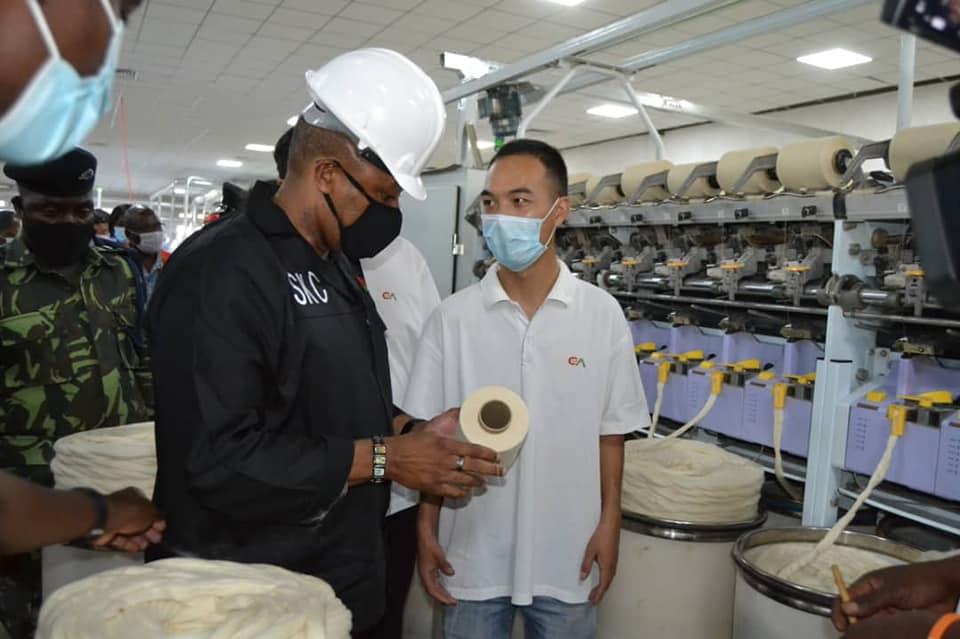The Ma’nene ritual attracts a large number of tourists from all parts of the world. Many of them also click pictures of the ritual after taking permission from the villagers.
At the time of the ritual, some men sing folk songs and perform traditional dances signifying grief, to cherish the families and relatives of the departed. While many foreigners consider this ritual as creepy and odd, it is a tradition for the Torajans which keep them eternally entwined with their family members, beyond death, which is beautiful.
The Torajan people on the Indonesian island of Sulawesi treat the corpses as an essential part of the family. The Ma’nene ritual, in English, means ‘the ceremony of cleansing corpses’.
People in the island believe that after death, the spirits of their closed ones remain near and deserve care.
Therefore, they offer them food, water and even cigarettes. After the demise of a person, the family members and relatives use preservatives to mummify the body and slow down the process of decomposition, so that they can exhume it after three years.

The other side of the road plunges treacherously into valleys of terraced rice paddies. A buffalo picks its way alongside waterlogged fields with a white egret on its shoulders. The landscape is dotted with the distinctive buffalo-horn shaped roofs of the traditional houses of the nobility, known as tongkonan, and rice barns.

“Dad is very happy to have a lot of people in the house. He was active in promoting tourism in the area. My mother’s body was photographed many times by tourists and bule (white people).”
The door to the parents’ room is plastered with an Astroboy sticker from the Japanese children’s manga series. Inside it is peaceful and smells of sandalwood.
Little Meike peers into the coffins, unperturbed. Alfrida’s glasses are cloudy and her face has decayed. Her wizened hands grasp a crucifix. But her husband looks like a wax model, even his eyelashes intact.
In the old days, the bodies were wiped with tea and embalmed using a mixture of herbs. Today a family member injects three litres of formaldehyde.
“If we didn’t we wouldn’t be able to sit here relaxing like this,” says Yulius. “You can see for yourself that three weeks after my father died you can’t smell anything.”
The extended family has recently met and decided the funeral will be held in January.
The social status of the deceased determines the scale and grandeur of the ceremony.
Alfrida was a member of royalty and the red, white and gold hieroglyphs carved into their elaborate coffins dictate that a minimum of 12 buffalo must be slaughtered.
“If we can afford more we will slaughter more,” Yulius says.
So too do approximately 100 tourists, both local and international, clutching cameras as they trail behind their guides.
The idea of tourists traveling hundreds of miles to attend a stranger’s funeral may seem somewhat jarring. But on the whole, their presence is welcomed by Torajan families, who believe that a well-attended funeral bestows honor on the deceased.
A grand Torajan funeral is measured in the number and quality of buffalo, which serve as a form of currency.
Everything about the funeral is hierarchical, cementing the status of the dead person’s family, the people who attend, and many who don’t.
Today is near the end of more than a week of meals, receptions, meetings, prayers, entertainment, and carefully choreographed rituals separating the dead gradually from life.
The body moves from the home into the family’s ancestral building, then into a nearby rice barn, then to the funeral tower overlooking the ceremonial plain.
Bibliography
Indonesian Tribe Removes Dead From Their Coffins Every 3 Years … 1970, Viewed 21 October 2020, <https://curlytales.com/indonesian-tribe-removes-dead-from-their-coffins-every-years-to-celebrate/>.
Jewel Topsfield & Amilia Rosa 1970, Life among the dead : Indonesian Toraja death rituals, Viewed 21 October 2020, <http://www.smh.com.au/interactive/2017/toraja-death-ritual/>.
Learn About the Grief and Death Ceremonies of Torajans 1970, Viewed 21 October 2020, <https://www.nationalgeographic.com/magazine/2016/04/death-dying-grief-funeral-ceremony-corpse/>.
PHOTOS: The Dead Live With Their Relatives In Indonesia’s Toraja … 1970, Viewed 21 October 2020, <https://www.npr.org/sections/goatsandsoda/2019/09/29/764638760/photos-the-dead-live-with-their-loved-ones-on-this-indonesian-island>
Source: Content created and supplied by Lebo48Lebo.

